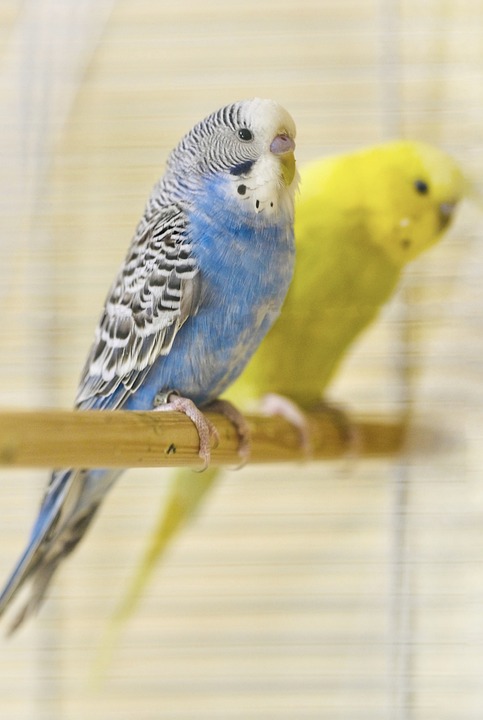Training a parrot can be a challenging but rewarding experience. However, at times, you may find that your parrot hits a training plateau, where they seem to be stuck and not progressing as quickly as you’d like. When faced with a training plateau, positive reinforcement techniques can be a powerful tool to overcome this hurdle and help your parrot reach new levels of training success.
Before we dive into the methods of using positive reinforcement to overcome training plateaus, it’s important to understand what these plateaus are. A training plateau occurs when your parrot reaches a point where they are no longer making progress or learning new behaviors. This can be frustrating for both you and your parrot, but it’s a common occurrence in any training process.
Positive reinforcement is a training technique that focuses on rewarding desired behaviors with something that the parrot finds rewarding, such as treats, praise, or playtime. This technique strengthens the connection between the behavior and the reward, making it more likely for the parrot to repeat the behavior in the future.
To overcome a training plateau, the first step is to identify the possible causes. Here are some common reasons why a parrot may hit a training plateau:
1. **Boredom or lack of motivation**: Parrots, like humans, can become bored or lose interest in repetitive training sessions. This can lead to a lack of motivation to learn new behaviors.
2. **Lack of clarity**: If your training cues or signals are inconsistent or unclear, your parrot may struggle to understand what you’re asking of them.
3. **Overwhelming difficulty**: Sometimes, the difficulty level of the training exercises may be too high for your parrot to grasp. This can lead to frustration and a lack of progress.
4. **Distractions**: Parrots are highly curious and easily distracted creatures. If there are too many distractions in the training environment, your parrot may struggle to focus on the training session.
Now, let’s explore how positive reinforcement techniques can help overcome these training plateaus:
1. **Keep training sessions short and engaging**: Parrots have short attention spans, so it’s important to keep your training sessions brief and engaging. Aim for multiple short sessions throughout the day rather than one long session. This will help keep your parrot motivated and focused.
2. **Vary the rewards**: To keep your parrot interested and motivated, vary the rewards you offer during training. Use a mix of treats, praise, and playtime to reinforce desired behaviors. This variety will prevent your parrot from becoming bored or losing interest.
3. **Break down complex behaviors**: If your parrot is struggling with a particular behavior, break it down into smaller, more manageable steps. Gradually increase the difficulty level as your parrot becomes more proficient. This approach will prevent overwhelming your parrot and promote a sense of accomplishment.
4. **Minimize distractions**: Create a quiet and calm training environment to minimize distractions. Choose a dedicated space for training where your parrot can focus solely on you and the training exercises. This will help your parrot concentrate and progress more effectively.
While positive reinforcement is highly effective, it’s also important to note that negative reinforcement, which involves removing an unpleasant stimulus to reinforce desired behaviors, is generally not recommended for parrot training. Positive reinforcement techniques are more humane and encourage a stronger bond between you and your parrot.
The duration of a training plateau varies depending on various factors, including the complexity of the behavior, the individual parrot’s learning abilities, and the consistency of training. Patience and persistence are key when overcoming training plateaus.
If your parrot loses interest in the training process altogether, it may be a sign of burnout or fatigue. Take a break from training for a few days and reintroduce it gradually. Offer new and exciting training exercises to reignite their interest.
In addition to positive reinforcement, you can also incorporate clicker training, shaping, and target training techniques to overcome training plateaus. Each parrot is unique, so it’s important to adapt your training methods to suit their individual needs.
In conclusion, overcoming training plateaus in parrots requires a combination of patience, understanding, and the effective use of positive reinforcement techniques. By identifying the cause of the plateau and implementing strategies such as keeping training sessions engaging, varying rewards, breaking down complex behaviors, and minimizing distractions, you can help your parrot overcome training plateaus and achieve new training milestones. Remember to always prioritize your parrot’s well-being and enjoyment throughout the training process.









